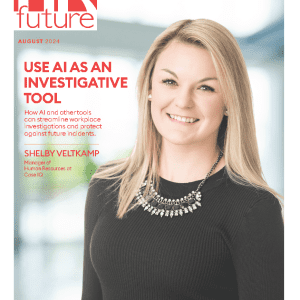Workspace design can further an organisation’s business goals such as increased sales, employee productivity and happiness as well as its brand and culture.
But how do you do it well?
Good design is not based on management philosophy but a thorough understanding of those who will use that space. For example, do teams need open spaces for collaboration or quiet zones in which they can concentrate on their work? Do most people in the organisation need to sit at one place to work, or do they work on mobile devices and hence need flexibility in where they sit and work?
When workplace design is based on such insights, the result is a work environment that is not just aesthetic but is also one that promotes productivity, organisational ethos, branding, client and employee engagement and the use of technology.
Here are 5 tips for great design:
1. Brand your workplace
If your workplace could just as easily be the offices of any other company then you’ve gone wrong somewhere. Branding should not stop with the business card and website. It should be infused into the space where everything happens. It should be all around the employees and it should speak to the clients. It gives the space an identity — it tells others and reminds us what we are here to do. Another nice touch? A logo. Putting it on a feature wall is a simple way to create visual interest.
2. Invest in furniture
Companies may be tempted to save money on budget furniture, but in the long-term, you’re not saving anything. Spend a few thousand rand more per task chair to save tens of thousands of in the long run. It may be a relatively small object, but workers spend the majority of their workday sitting in an office chair. Only when they begin to suffer the ill effects of an uncomfortable chair — low back pain and general discomfort — do they begin to pay attention to where and how they are sitting.
A cheap chair can cause back pain, contributing to complaints and absenteeism. Invest in a good movable monitor arm to put the screen at eye level to reduce neck pain.
3. Create break-out spaces
Break-out spaces aren’t just somewhere your employees can eat lunch — they provide a crucial place away from the desk, which can aid creativity. Create non-bookable, break-out spaces for those informal chats or just a change of scenery. These spaces take down barriers to communication and encourage spontaneity in the office. Great ideas come from inspiring casual spaces.
4. You can never have too much light or space
Workers typically spend 80 to 90 per cent of their waking hours indoors, many of them at computer workstations far away from the closest window. Lack of natural light can have negative impacts on mood and productivity, so both employees and their employers would greatly benefit from more exposure. Natural light is a much overlooked benefit in office design, but it should be one of your major considerations in office design and layout. To improve the amount of natural sunlight within an office, create an open environment by tearing down interior walls, using glass walls for private offices and benching desks instead of claustrophobic workstations.
5. Keep things tidy
It’s amazing how quickly a neat and tidy office can turn into hurricane zone. One of the worst offenders is food at desks. A ‘no eating at desks’ policy keeps rubbish in its proper place as well as crumbs off the floor. It can also be a good idea to ban bins at desks to avoid the inevitable pile up of rubbish at workstations.
However, all this lost if you don’t address the storage issue. Storage is often an afterthought when companies take on office space, but it is usually the second biggest complaint — after temperature. When you space plan your office, make sure you incorporate a storage audit.
Linda Trim is the Director at Giant Leap.













